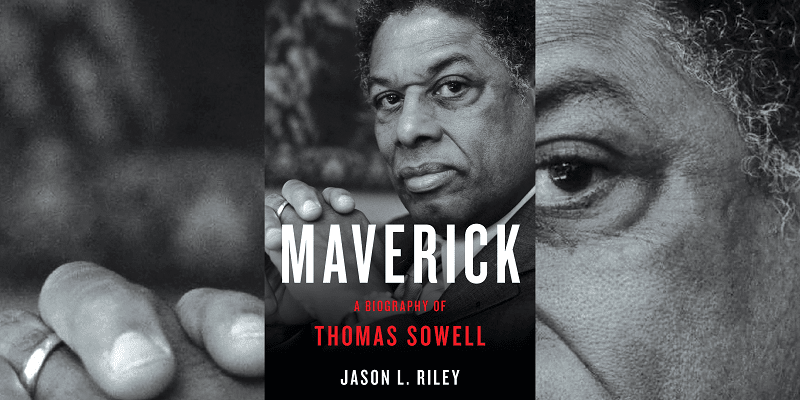By Randal O’Toole
The Occupy Wall Street movement has focused attention on a supposed divide between the one percent and the 99 percent. But a much more serious class struggle divides America: that between the middle class, meaning college-educated people whose jobs require a lot of thinking, and the working class, meaning less-educated people whose jobs tend to be more physical or repetitive.
Americans often pretend this class divide does not exist, yet there are clear differences in tastes in music, food, and entertainment. The politics are very different: Tea Partiers tend to be working class; Occupy Wall Streeters tend to be middle class. Despite pretentions of tolerance, few members of the middle class have any real understanding or appreciation of what it means to be working class, and they often treat working-class tastes and preferences with sneering contempt and hostility.
One of the more visible manifestations of this hostility is the War on Sprawl. This is a middle-class war, fought by college graduates who themselves usually live in single-family homes and drive for most of their travel. Yet, they are convinced that only people with their refined tastes can appreciate suburban living, and only people with their special skills need to drive―most everyone else should live in apartments and take mass transit.
Intentionally or not, the War on Sprawl is a war on the working class. To curb sprawl, planners use urban-growth boundaries and other limits on suburban development, making housing unaffordable for working-class families. To reduce driving, planners deliberately increase traffic congestion, limit parking, and put other restrictions on driving. This hits working-class commuters, whose jobs are less amenable to flex time, telecommuting, or relocation to suburban offices, the hardest.
This battle goes back to the nineteenth century when America’s fast-growing industrial cities housed both classes. Surprisingly, working-class homeownership rates were then far higher than middle-class rates. Working-class families viewed homes as potential sources of income, taking in boarders, growing small livestock in their yards, and starting in-home businesses; and they worked hard to own their homes.
By contrast, middle-class families treated homes as merely a place to live, and the vast majority of them rented. A major disincentive to buying a home was the worry that a working-class family might move in next-door, bringing down the value of neighboring homes with their boarders, livestock, and home businesses.
That changed in the early 20th century as cities adopted zoning codes that often banned non-family residents, backyard livestock, in-home businesses, and other features found in working-class homes. Middle-class homeownership soared.
After World War II, a combination of unions, immigration controls, and —most importantly—improved worker productivity increased average working-class incomes to nearly 75 percent of average middle-class incomes. By the 1960s, working-class families often lived in the same neighborhoods, drove on the same streets, and shopped at the same stores as middle-class families.
Yet differences in tastes and preferences remained. Large pick-ups and, later, truck-based SUVs were more likely to belong to working-class families. Volvos and, later, Priuses were more likely to belong to middle-class families. “It is a great mistake to equate an income which permits most of the basic amenities of what the middle class calls ‘decency’ with becoming middle class,” observed sociologist Bennett Berger in 1960.
When “even a semiskilled factory worker” can “own two cars, a Ranch house, a TV set, and clothe his wife in excellent copies of Paris fashions,” Berger presciently noted, “higher-status groups (perhaps without considerably greater income) defend the potential threat posed by widespread material abundance to their ‘status-honor’ by designating such economic possessions ‘vulgar’ and asserting the indispensability of a particular style of life—that is, something that cannot be immediately purchased with no down payment.” By declaring a War on Sprawl, the middle class sought to exclude working-class families from pretentions of middle-class amenities.
The much-feared environmental costs of sprawl are in fact negligible: The suburbs are no threat to America’s vast farms, forests, and open spaces, and thanks to pollution controls the environmental impacts of cars are rapidly falling. The real question is not whether we sprawl but who gets the benefits of single-family homeownership and automobility.
The War on Sprawl aims to prevent many people from enjoying these benefits. Those who prefer higher densities and mass transit are free to locate in urban centers where such housing is concentrated. But understanding the sociological roots of the War on Sprawl provides just one more reason to end it.
Randal O’Toole (rot@cato.org) is a senior fellow with the Cato Institute and author of American Nightmare: How Government Undermines the Dream of Homeownership, which Cato will publish this May. He is a guest contributor for Cascade Policy Institute, Oregon’s free market public policy research center.











